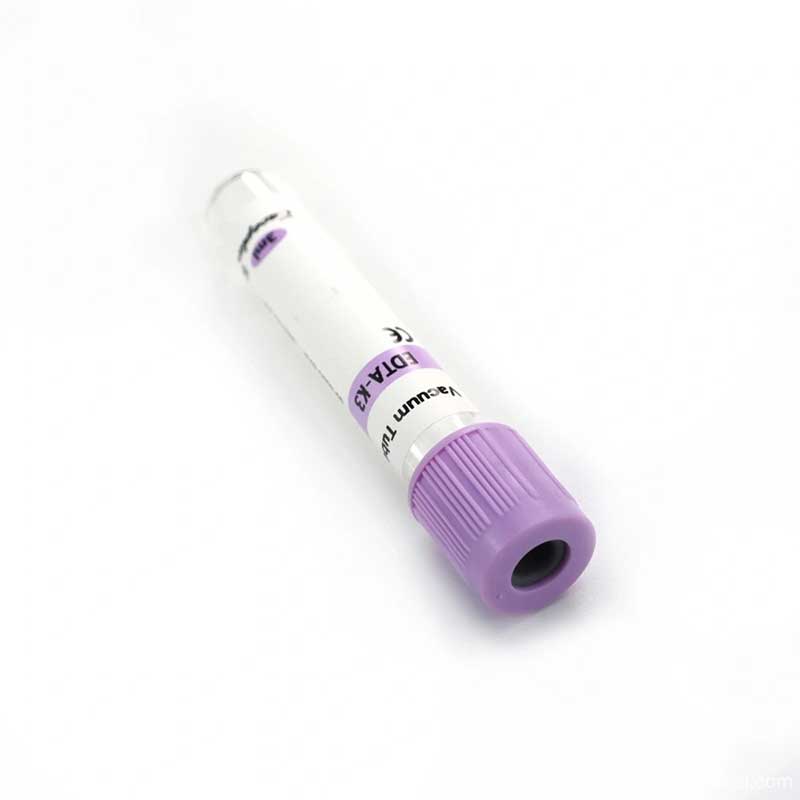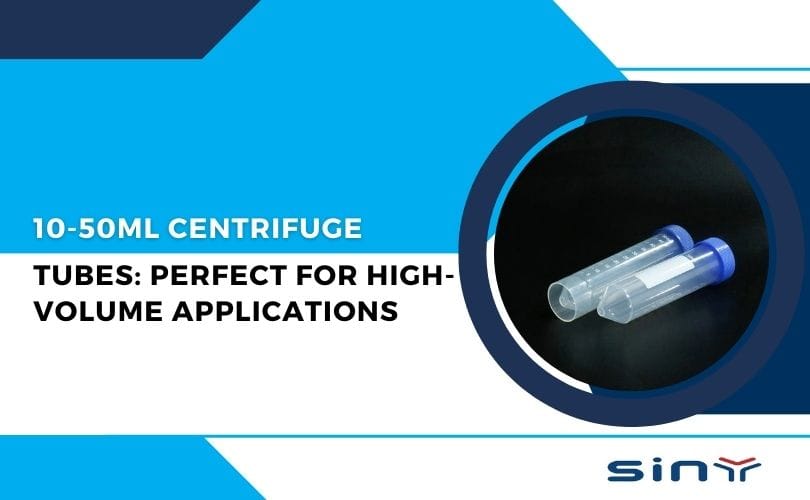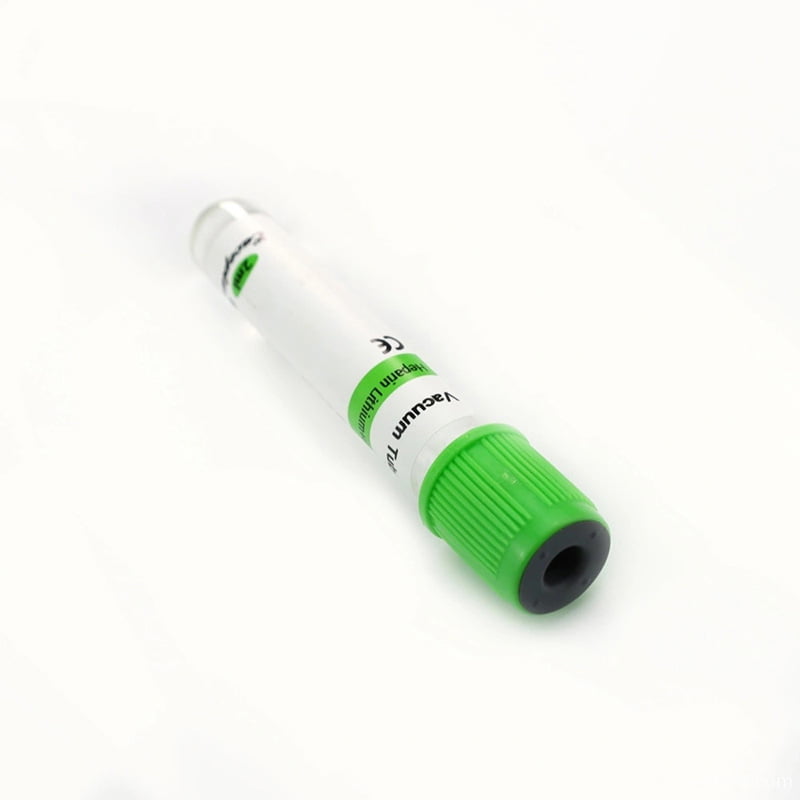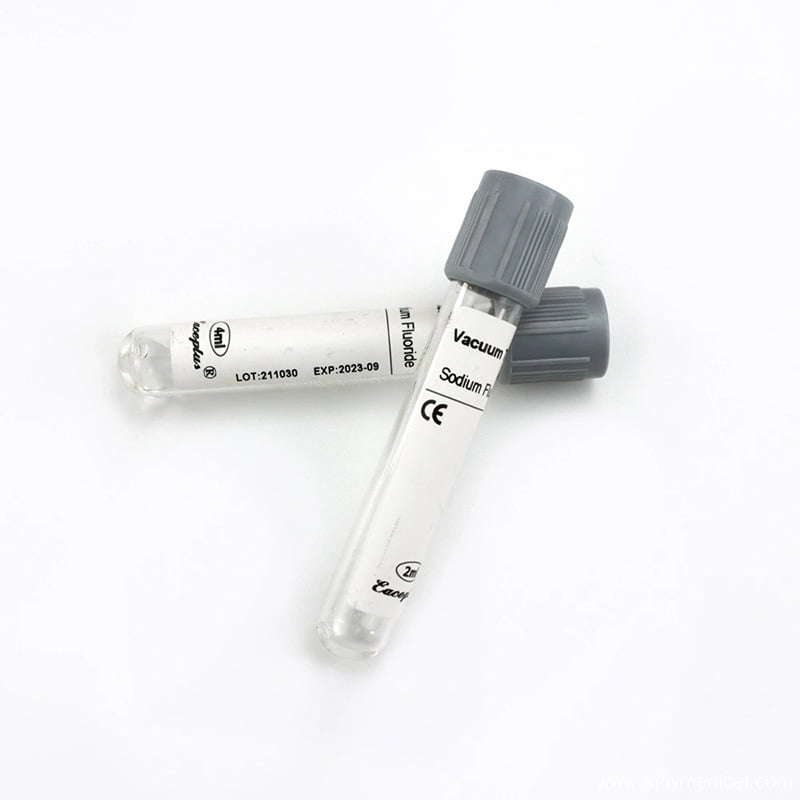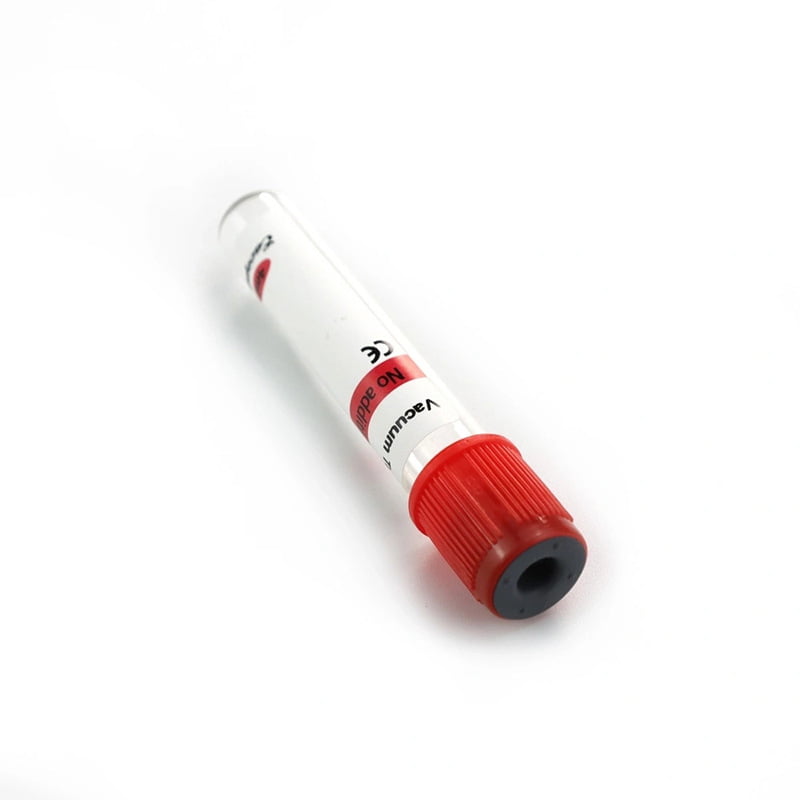Blood collection tubes come in a variety of colours and each one is used for a specific purpose. While many people are only familiar with red-topped tubes, there are actually several other colours that are used in clinical settings. In this blog article, we will discuss the hidden benefits of the differently coloured blood collection tubes and how they can help improve patient care.
Table of Contents
The Different Colors and Their Representations
The power of colour is often underestimated and overlooked, yet it can have a profound effect on our lives. Different colours can evoke different feelings and emotions and can be used to represent different ideas, symbols, and messages. Red is often associated with energy, passion, and excitement, while blue can represent trust, security, and dependability. Yellow is often associated with happiness, optimism, and joy, while green is often associated with growth, nature, and freshness. Purple is often associated with royalty, wealth, and sophistication, while orange can represent creativity, enthusiasm, and determination. Black is often seen as a symbol of power, authority, and sophistication, while white conveys peace, purity, and innocence. Each colour has its own unique qualities, and when used with thought and purpose, can have a powerful effect on our emotions.

The Advantages of Differently Colored Blood Collection Tubes
The use of differently coloured blood collection tubes is becoming increasingly popular in the medical field. With the different colours, medical professionals can easily identify and differentiate between various types of samples. This can be extremely beneficial in terms of quickly diagnosing and treating a patient.
For instance, red-topped tubes are typically used to collect serum, while blue-topped tubes are used to collect plasma. Knowing the difference between the two is important, as they contain different components and can be used to diagnose different illnesses. Additionally, yellow-topped tubes are used to collect blood cells, while green-topped tubes are used to collect heparinized blood.
The use of colour-coded tubes helps to reduce the risks of errors when collecting samples. By simply glancing at the tube, a medical professional can know the type of sample they are dealing with and the kind of treatment it needs. Additionally, the use of differently coloured tubes prevents confusion when it comes to labelling samples. This helps to ensure accurate results, which can be critical in the diagnosis and treatment of a patient.
The use of differently coloured blood collection tubes is becoming increasingly popular in the medical field. By using colour-coded tubes, medical professionals can quickly and accurately diagnose and treat a patient. Additionally, colour-coded tubes help to reduce the risks of errors when collecting samples, and when it comes to labelling samples, ensuring accurate results. As a result, using differently coloured blood collection tubes is a great way to improve the accuracy and efficiency of medical treatments.

Improved Visualization for Sample Identification
Improved visualization for sample identification is a critical component of modern medical research and technology. It helps to identify and analyze samples in a more efficient and accurate way. With improved visualization, researchers can better identify and distinguish between similar samples. This is particularly important in cases where the samples are very small, or when the samples are of different types or consistencies. Improved visualization can also help to identify abnormalities or abnormalities in samples, allowing for more targeted treatments for patients. By providing a more accurate visual representation of the sample, researchers can more easily identify and analyze the sample and its components. Improved visualization also helps to speed up the process of sample identification, reducing the amount of time and resources needed to identify and analyze the sample. Ultimately, improved visualization for sample identification can be an invaluable tool in medical research, helping to provide a better understanding of the sample, as well as to more effectively and efficiently identify and analyze the sample.
Improved Accuracy of Labeling and Processing Samples
Labelling and processing samples is an important process for many industries. It is necessary for the accuracy of results and to ensure that the right information is being gathered and analyzed. With new developments in technology, the accuracy of labelling and processing samples has been improved significantly. Automation has allowed for more accurate labelling and processing of samples, which helps reduce the risk of errors. Automation also helps to speed up the process of labelling and processing, which can help to reduce costs. Additionally, the use of AI and machine learning can help to further increase the accuracy of labelling and processing. AI and machine learning can be used to analyze and interpret data, which can help to produce more accurate results. This can help to reduce human errors and improve the accuracy of the results. Overall, the improved accuracy of labelling and processing samples has had a positive impact on many industries and has helped to increase the accuracy and reduce the time and cost associated with the process.
Minimizing the Risk of Contamination
It is essential to take steps to minimize the risk of contamination in any environment, especially in food safety and healthcare settings. Contamination can occur from a variety of sources, including food, water, and air, and can cause illness, or even death, in some cases. To help reduce the risk of contamination, it is important to practice proper hygiene and cleaning procedures. This includes washing hands regularly, sanitizing surfaces and objects, and properly storing food and beverages. In addition, it is important to be aware of any potential sources of contamination, such as sewage systems, animal waste, and other contaminated materials.
In food safety settings, it is also important to practice proper food handling and preparation procedures. This includes separating raw and cooked food, washing and sanitizing food preparation surfaces, and storing food in the appropriate containers. It is also important to keep any food-contact surfaces clean and to avoid cross-contamination. Additionally, it is important to follow proper cooking instructions and to cook food to the appropriate internal temperature.
In healthcare settings, it is important to practice proper infection control procedures. This includes wearing appropriate protective clothing, such as masks, gloves, and gowns, and using proper disinfection and sterilization techniques. It is also important to practice proper hand hygiene and to avoid contact with body fluids or other potentially contaminated materials. Additionally, it is important to practice proper disposal techniques for any medical waste or hazardous materials that may be generated in the course of providing medical care.
By taking the proper steps to minimize the risk of contamination, individuals can help ensure the safety and health of themselves and those around them.

Improved Efficiency of Collection and Analysis
The collection and analysis of data have become an increasingly important part of everyday life. With the advent of technology, it has become easier to collect and analyze large amounts of data. However, it is important to ensure that the data collected is accurate and reliable. To do this, organizations must have systems in place that are designed to efficiently collect and analyze data.
One way to improve the efficiency of collection and analysis is to use automation. Automation allows organizations to process large volumes of data quickly and accurately. Additionally, automation eliminates the need for manual input and reduces the chances of errors. Automation also helps to reduce the amount of time spent on analyzing data as well as the cost associated with it.
Another way to improve the efficiency of collection and analysis is to use analytical tools. These tools allow organizations to analyze large amounts of data quickly and accurately. They can be used to identify trends, predict outcomes, and provide insights into customer behaviour. Additionally, analytical tools can be used to assess the performance of various marketing campaigns and to measure the effectiveness of different strategies.
Finally, organizations can improve the efficiency of collection and analysis by using data visualization tools. These tools allow organizations to easily visualize their data and make it easier to spot patterns and trends. Data visualization can also help to identify areas of opportunity, as well as areas of concern.
In summary, organizations can improve the efficiency of collection and analysis by using automation, analytical tools, and data visualization tools. These tools can help organizations to quickly and accurately process large amounts of data and to identify trends, predict outcomes, and measure the performance of various strategies. By taking advantage of these tools, organizations can optimize their data collection and analysis processes and ultimately improve their decision-making process.
Conclusion
Differently coloured blood collection tubes offer a variety of benefits that are not always immediately obvious. From providing a more accurate diagnosis to helping to reduce human error, they can be a powerful tool in the medical field. Different coloured tubes can also streamline the process of collecting, processing, and analyzing samples, helping to ensure the greatest accuracy and efficiency. Ultimately, understanding the different coloured blood collection tubes and the benefits that they provide can help to improve patient care and outcomes.

